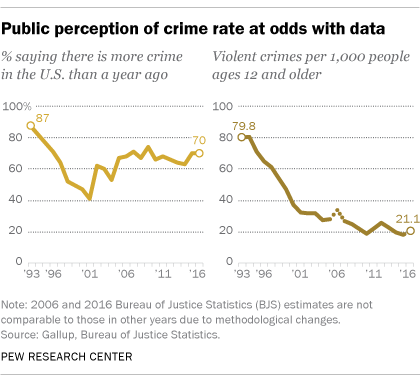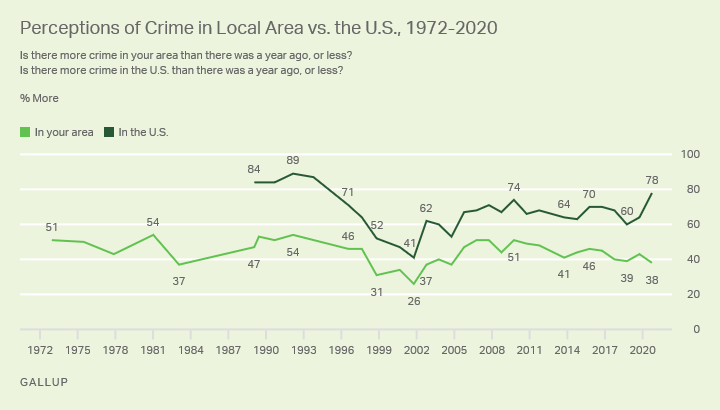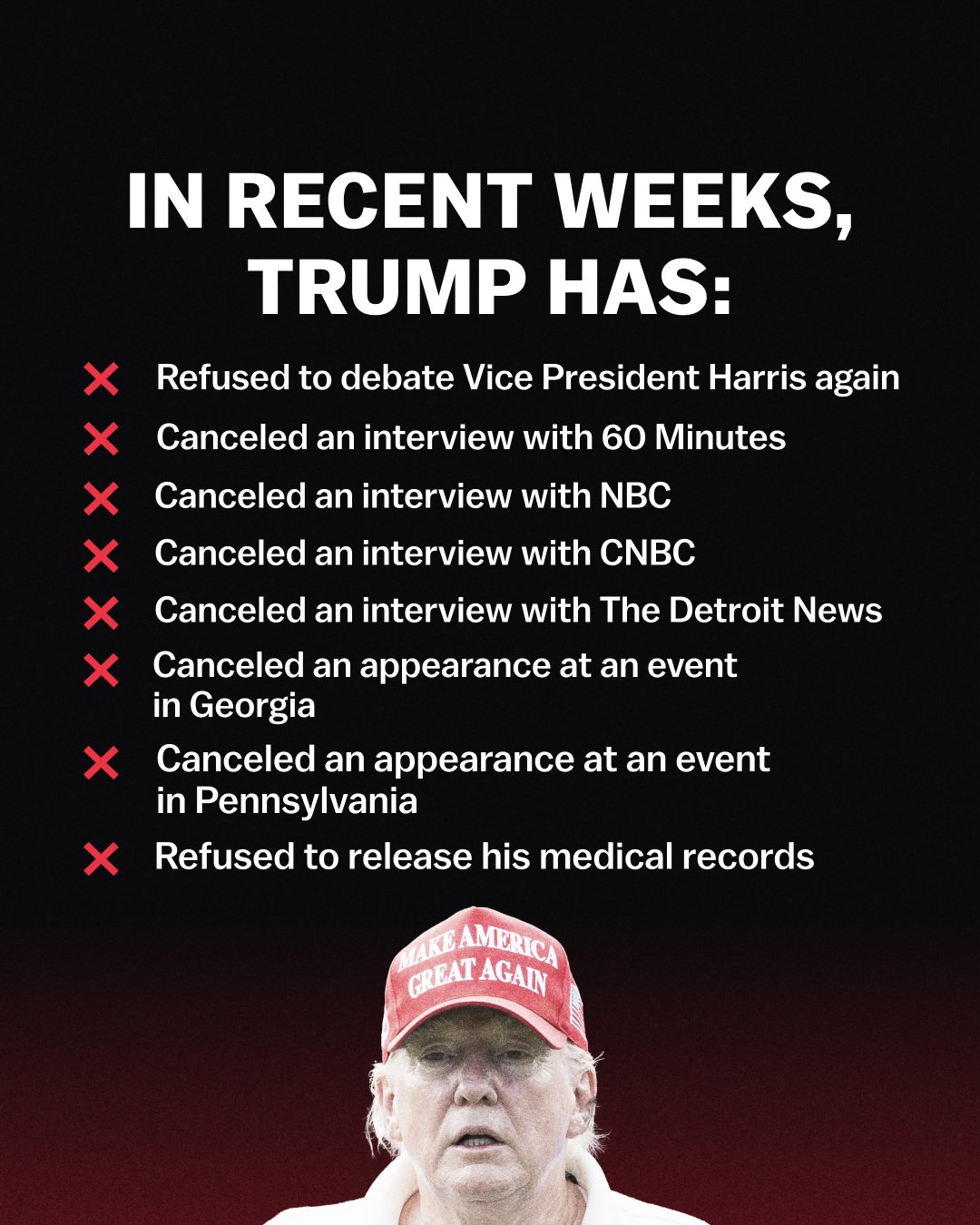Friday (today) is the last day of early voting in Texas. Where to find nearest polling location


There's a decent chance Walz runs to be president in the future if Harris wins and I think he'd probably do fairly well in a primary and general








Note that Girdusky is listed as one of the board of advisors of American Moment which is a group that's listed by the Heritage Foundation as a Project 2025 partner












Plus then it's a nice tie in to Walz's coaching background for that group
It's not for the attendees. There are plenty of people who do not read news regularly and have not heard about it. This is the kind of action that spreads on social media and reaches some of those people
Another thing to note about him: Girdusky is also listed as one of the board of advisors of American Moment which is a group that's listed by the Heritage Foundation as a Project 2025 partner
Vote, get active, get involved
Talk to your dem-leaning friends, family, neighbors, etc. and encourage them to turnout
They includes 3rd parties in 2016, but did not in 2020 and 2024, hence the different margins. And the 3rd party they included was of the Republican spoiler type rather than the Democratic spoiler type
They had way higher third party votes in their poll than actually occured - and the third party votes in 2016 were higher than usual (helping trump narrowly win in 2016)
Puerto Ricans also move. Plenty in swing states + places with competitive down-ballot races. Republicans are already trying to back track on this, they think it hurts them
Peurto Ricans by state
EDIT: also worth mentioning that he also said other racists remarks too
“These Latinos, they love making babies, too. Just know that they do,” Hinchcliffe said, setting up his joke: “There’s no pulling out. They don’t do that. They come inside, just like they did to our country.”
Hinchcliffe also told a joke about one of his Black “buddies” and how they “carved watermelons” together.
Or also nitter.poast.org
Nevada, Wisconsin, and Michigan* have same day registration through election day
North Carolina has it only during early voting (ends Nov 2nd)
The rest of the battle ground states do not (i.e Pennsylvania, Arizona, Georgia)
Across the US, 23 states + DC have same day voter registration
* not at the polls in Michigan but at the clerk's office and then you can vote there after doing same day registration


















































Headline undersells how he did this during the 90's during the Don't Ask Don't Tell era. Was not nearly as socially or politically acceptable then as it is now in the US to do that
Ah yes the strategy of trying to court jewish Americans by *checks notes* being blatantly antisemitic. There's no real reason to mention he's Jewish here other than to be antisemitic and imply he's a "bad jew"
Don't worry, when reporters asked his campaign about a very easily provable fact on a live-broadcast and widely recorded event, they said this:
In an emailed response to an inquiry about the lisp from a Huffington Post reporter, the Trump campaign said, “Must be your s****y hearing. Get your ears checked.”
During the debate, he doubled down on his full page ad calling for the execution of the central park five. Despite everything since then that's come out strongly showing they were innocent
To save some people a click
The Harris campaign has arranged to have a small plane fly over Tuscaloosa during the game with a banner declaring, “Trump’s Punting on 2nd Debate.”
[...]
The Harris campaign will also air a national ad during one of the most highly anticipated games of college football where she calls on the former president to meet her on the debate stage one more time.
“Winners never back down from a challenge,” the ad’s narrator says. “Champions know it’s any time, any place. But losers, they whine and waffle and take their ball home.”
If you look at the reddit post it's citing, it's from r/shittysuperpowers. A subreddit where you come up with fake shitty super powers is now getting cited as truth by google
Meanwhile Biden is considering calling a special session directly. It's not a commonly used presidential power but it is an option
Industrial egg production is the vast majority of egg production. Using the word only there is perhaps a bit misleading when for instance, 98.2% of US egg production is from factory farms [1]
I'm not sure one can call any of those methods painless either
Biden already started that process to move it to schedule 3. It's been moving through slowly but it's got a public hearing on December 2nd
Before someone else mentions it:
Yes it would be better to not have a system that needs so much money, but until citizens united is overturned it unfortunately still matter. Plus there being more small donors is good news since it helps campaigns be less reliant on big money
And note that her wording was "at least $15", so she's signaling openness to doing more than that
Wish we actually covered crime better in the news. The public perception of crime rates has been out of sync with actual crime rates for decades, largely due to how crime is portrayed in the media

Or another interesting thing is how people are more likely to think that crime is up in the US overall, but not as much when they look at where they live

https://news.gallup.com/poll/323996/perceptions-increased-crime-highest-1993.aspx
Voting for republican as a protest only pushes things further to the right. It absolutely does not signal that you want to push the other way
She defended trans people while on Fox in front of that republican audience. She shut down the line of anti-trans questioning fairly quickly
She reaffirmed her commitment to following the law, which requires that transgender inmates receive medically necessary care, which includes gender affirming care. When pressed further, she pushed back, comparing Trump's disproportionate spending on this issue to his lack of focus on the larger issues affecting the American people.
https://www.erininthemorning.com/p/kamala-harris-shuts-down-fox-news
He came a little closer to that saying a bit ago that his campaign is not "going to talk about couches"
It's actually worse than the headline suggests. He was explicitly asked to clarify it in the context of "people are saying you want to subvert democracy". He then refused to and repeated the statment
Can't claim it's "just a joke" or taken out of context when the context is someone asking you if you plan to subvert democracy
From the article:
"It’s being interpreted, as you are not surprised to hear, by the left as, well, they’re never going to have another election,” she said. “So can you even just respond —”
Mr. Trump cut her off, claiming again that Christians “vote in very small percentages,” and digressing into how he would change voting practices.
He then repeated his statement from Friday once more, saying his message had been: “Don’t worry about the future. You have to vote on Nov. 5. After that, you don’t have to worry about voting anymore. I don’t care, because we’re going to fix it. The country will be fixed and we won’t even need your vote anymore, because frankly we will have such love, if you don’t want to vote anymore, that’s OK.”
They've already got a couple of posts up about it on their social media
https://www.threads.net/@kamalahq/post/DBIIO6WuAkO?hl=en
Walz promptly responded by discussing possible actions that he and Democratic presidential nominee Vice President Kamala Harris could take.
He talked about antidiscrimination laws he wanted, judge appointment, helping education about LGBTQ related topics, etc
Mind you that Walz got a lot of policies through to help trans and queer people in Minnesota with a single seat majority
He also was a founding faculity advisor of a gay-straight alliance in the early 90s when it was very not socially acceptable at all. He supported same-sex marriage before it was legalized nationally when running in a deep red seat despite that not really netting him any political points there
Hey now, Chickens can put up a fight when they need to and are smarter than people think. Can we really say the same about trump?
Gonna repeat what I said in a different comment:
Encourage people to try to vote early everywhere. Texas has early in person voting from Oct 21 – Nov 1
If you vote early, you'll have time to come back again in case there's some last minute changes to the polling places open or some other problem. Plus you also don't then have to worry about something like being sick on election day
Her campaign has been harping on it before, so they'll probably ramp that up. For instance, they just posted this with the caption "is he ok"

That's honestly tame compared to the rest of the town hall
At the end, he made it sound like he was done and going to wrap up, said thank you and then he... just stood there for 39 minutes noding to music
Oh also he said "does anyone else want to faint too" after someone fainted
He also told people to vote on January 5th instead of election day (Nov 5th)
Best line of the debate in my opinion
Where it might matter is the turnout. If it decreases turnout by even 1% of his potential voters that absolutely matters
If nothing else, we can make it matter by letting it inspire us to take action that increases dem turnout
Find opportunities to volunteer for dems around you and online
Write letters to voters in swing states or in competitive downballot races
Raising non-human animals ends up taking more plants anyway because they eat a lot of feed who's energy is mostly lost. So if one were concerned with plants, eating plants directly results in fewer plants being killed
For anyone anxious about the election, we can move the needle. Beyond just voting, volunteering is a great way to easy anxiety a bit and to help have an impact
Make sure to register to vote. Deadlines are fast approaching in many states
Find opportunities to volunteer for dems around you and online
Write letters to voters in swing states or in competitive downballot races
We can make it matter. Vote, get active, get involved.
Register to vote if you haven't. Deadlines are within days and passing in some states
Find opportunities to volunteer for dems around you and online
Write letters to voters in competitive downballot races (or swing states too)
This whole couch thing never ceases to produce new pieces of art:

He's also had a sudden drop in campaign appearances this last week. Like he only made a single campaign stop in Montana at a time when he really needs to be out everywhere
I genuinely think there's a good chance he did
One thing that I've found with anxiety that can help is volunteering and other things that help dem turnout. It moves the needle a little and if nothing else it makes you feel productive and some more degree of agency besides just voting yourself
Can find some phone banks, canvasing, and text banks near you
Also another small thing that can also help is reminding and encourage any dem leaning friends, family, etc. to go out and vote. Helps more than you'd think